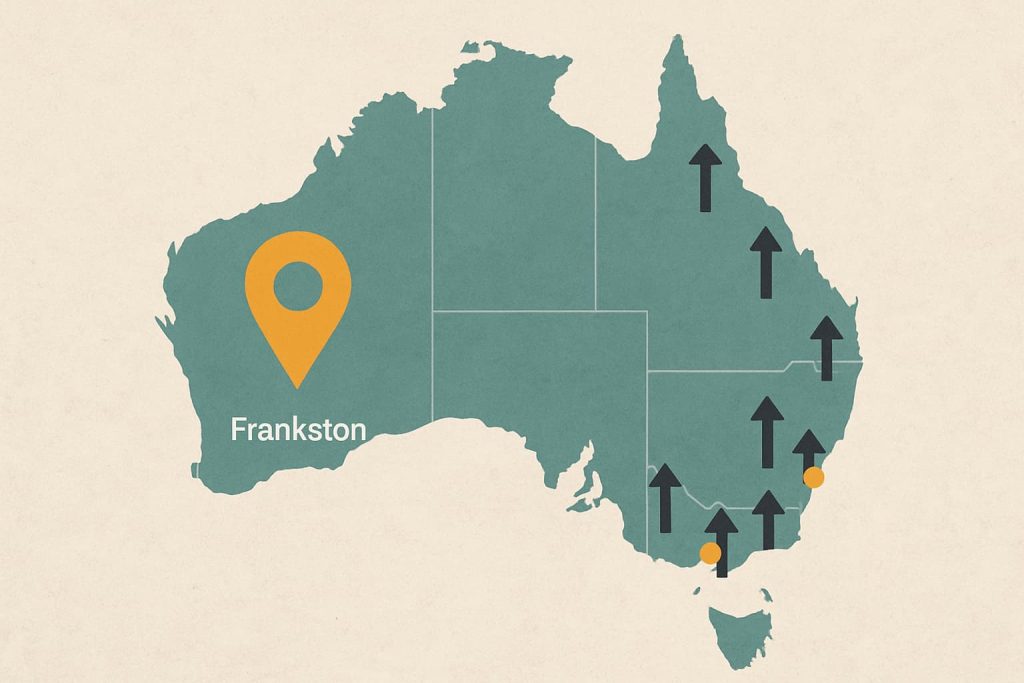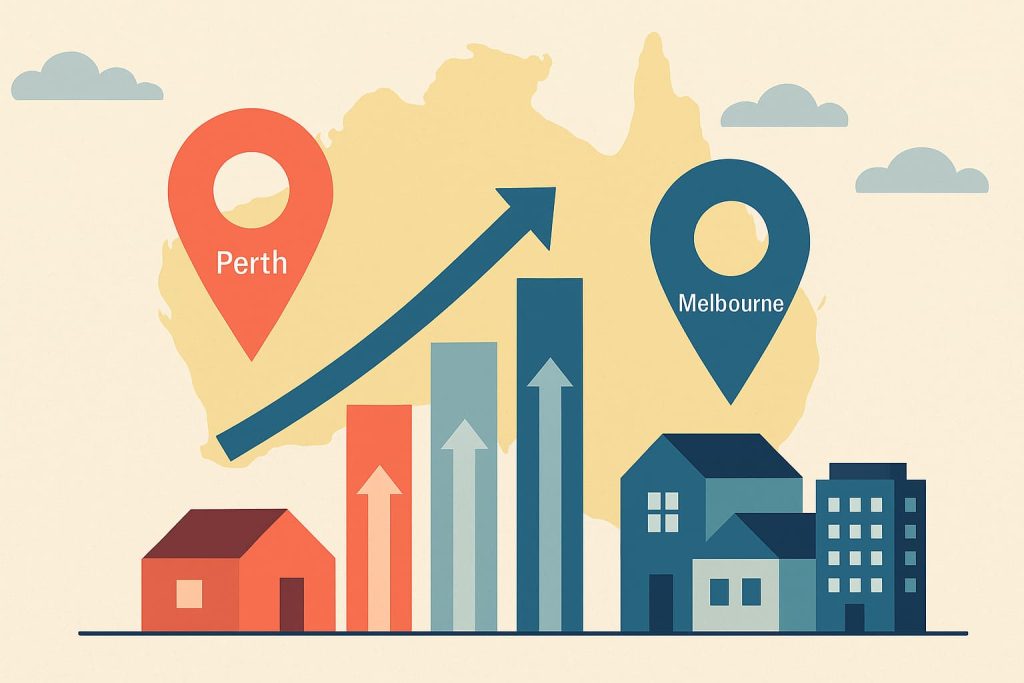There’s more pain ahead for home owners in Melbourne, Sydney and Perth according to new forecasts from Moody’s Analytics.
Melbourne is tipped to be hardest-hit of all capital cities in the country, with a forecast 11.4 per cent drop in house prices this year and a more modest fall of 5 per cent in apartment prices.
Across the whole country, Moody’s predicts house prices to fall 7.7 per cent in 2019 and apartments to fall 4.3 per cent.
Back in Melbourne and it’s the houses in the inner-east And inner-south that are expected to fall the most, more than houses further from the city centre.
On top of this, Melbourne’s house price rebound is tipped by Moody’s to take longer than the other capital cities, with things possibly starting to turn around by mid-2020.
Moody’s said in their prediction that the lending conditions were a driving factor in the housing downturn.
“An important driver of the slowdown in Australia’s housing market has been tighter credit availability, partly as a consequence of the regulator – the Australian Prudential Regulation Authority – tightening lending conditions, which has made it relatively more difficult to purchase a property, particularly for investors,” they said.
“The recently concluded Banking Royal Commission Into Misconduct in the Banking, Superannuation and Financial Services Industry could exacerbate already tightened lending conditions, which could result in a further slowdown in credit availability, particularly in the investor portion of the market.”
Moody’s says the possibility of Labor introducing its planned changes to negative gearing on existing properties for new investors if it wins the upcoming election could apply the handbrake to any market rebound.
“If this policy were implemented within the first year of the Opposition entering office, already-slowing conditions in the investor segment of the market would be exacerbated,” they said.
“As investor participation had already slowed, national home values would be expected to reach a slightly deeper trough and have a slower recovery, particularly in the markets where investor participation is higher than the national average, including Sydney, Melbourne and Brisbane.”



